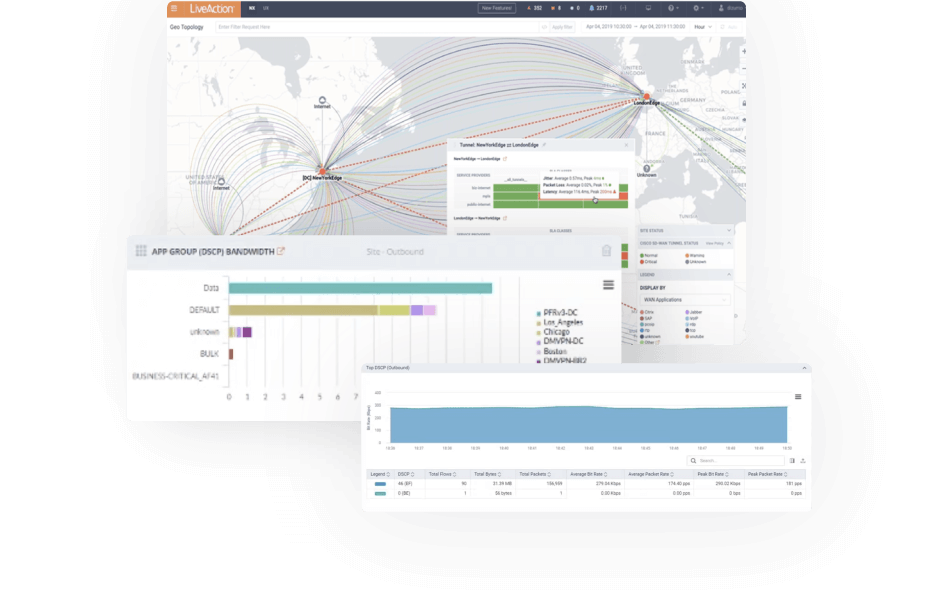
Once the internet (once known as ARPANET) was born and the first mainframes began connecting to form networks, there needed to be a way to monitor the networks and the devices communicating across them. Devices emit data about their activity. Network monitoring tools make observations and adjustments based on this data.
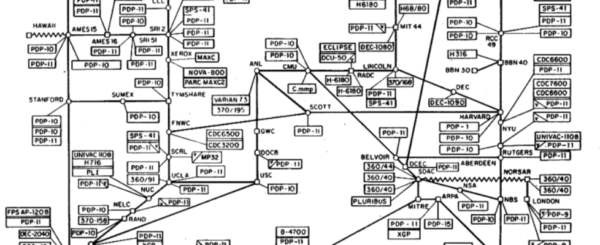
Today, network monitoring tools have evolved into a sophisticated and intelligent technology, but their beginning was more humble. We’ve made a timeline of how the art of network monitoring has progressed over time to what we are familiar with today.
1976
Dev Engineer John Murphy creates the first Local Area Network (LAN), but he calls it ARCNET. It has a hub and a star topography, and a token-passing protocol for an enclosed location. The term LAN would not exist for years to come.
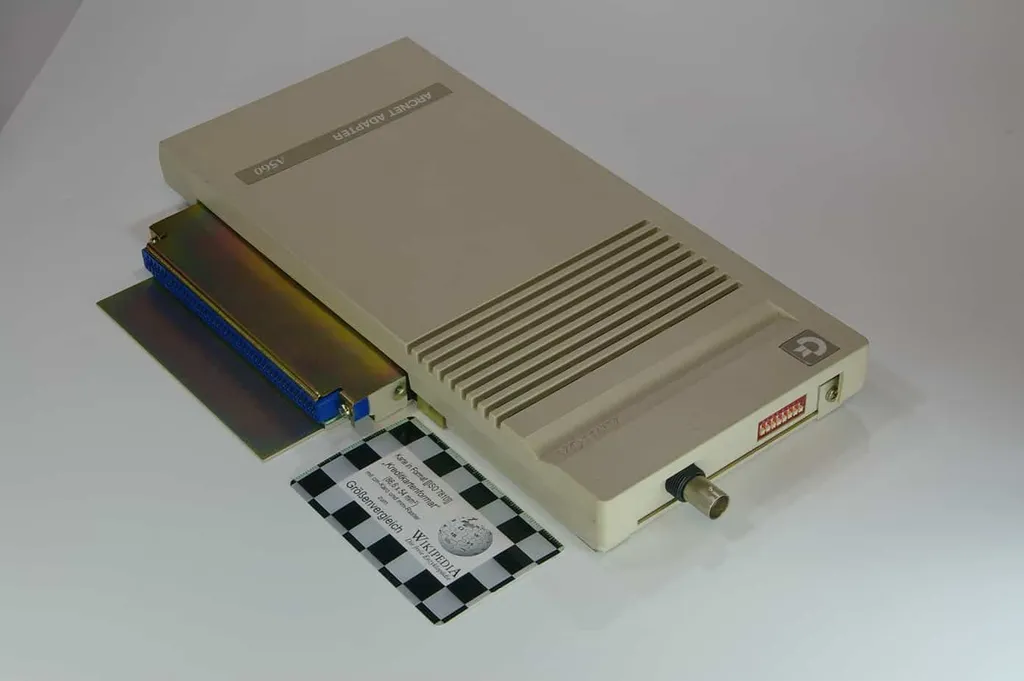
1983
ARPANET switches from Network Control Protocol (NCP) to Transmission Control Protocol / Internet Protocol or (TCP/IP), the standard communication protocol used on the internet today. The problem with NCP is that there is no shared communication protocol. So, each LAN could not communicate outside of itself. TCP/IP allowed different packet/switched networks to connect. ARPANET’s decision to migrate to TCP/IP created the internet we know today.

1988
SNMP or Simple Network Management Protocol is created. It is an open-source application-layer protocol designed to carry information between SNMP-enabled devices. SNMP has few commands and is simple to use. It has enjoyed widespread adoption and is included in most modern monitoring systems.
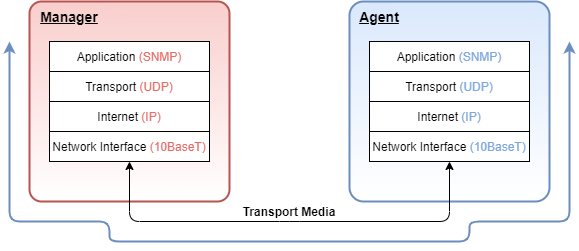
1989
Computers move to a time-sharing environment operating system launched by Unix and away from batch processing systems. This new operating system allows multiple users to access the system, share files, run programs, and communicate. It also includes the first monitoring commands like Syslog (to monitor devices) and vmstat (for virtual memory statistics), and top (live view of processes running on the system).
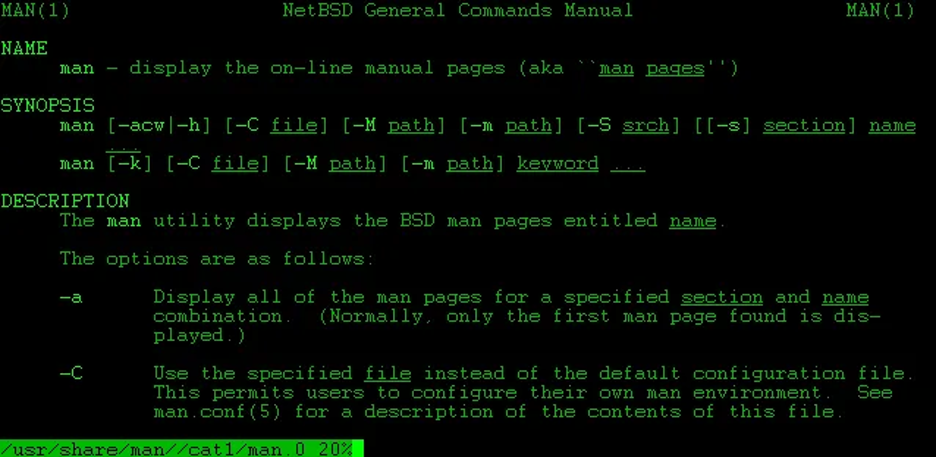
The Early 90s
Windows starts including monitoring for its desktops. The LAN takes off for office monitoring and alerting. This period’s popular LAN tools include MTRG, which graphed the traffic data results from SNMP, Big Brother, nmon. Most of these tools build off SNMP to present the data captured in a more accessible and actionable format.

The Early Aughts
Devs realize that websites and internet services have different needs than LANs. They develop web-based tools that support internet protocol and are easier to scale. Popular open-source tools during the early 2000s include Zabbix, Nagios, and Cacti.
![]()

![]()
The 2010s
The need for more monitoring metrics like the geographic location of a traffic source comes in. With WANs, the need to pinpoint issues to specific servers becomes important for troubleshooting. With websites becoming places that receive customer data, analytics and security monitoring also become a critical part of the monitoring solutions.

The 2020s to Now
Cloud-based monitoring creates the challenge of organizing and presenting an overload of data in a meaningful way. A need to cut back on tool sprawl inspires monitoring tools convergences between Netflow and Packet monitoring. Network monitoring tools begin incorporating machine learning (ML) and artificial intelligence (AI) to more efficiently manage the volume of data.
About LiveAction
LiveAction is the future. Our NPM platform outperforms other network monitoring tools with the broadest array of telemetry anywhere including API, IPFIX, SNMP polling, and packets. LiveAction provides monitoring and alerting, covering both NetOps and SecOps sides of the house. We identify traffic anomalies, and security threats across any network configuration (multi-cloud, hybrid, remote, WiFi, or WAN). Start breathing again, and try a free trial today.
